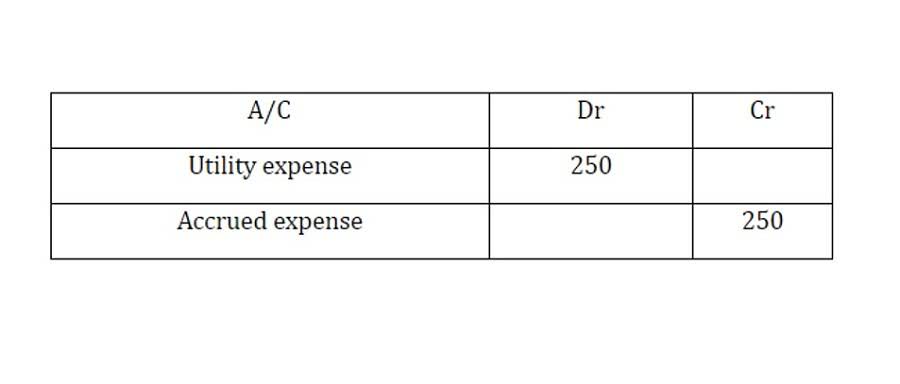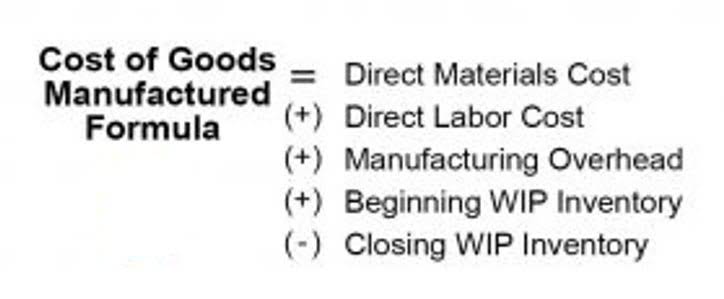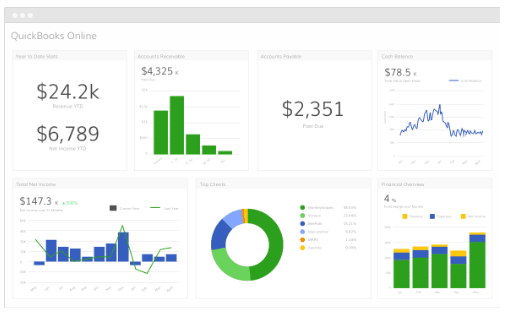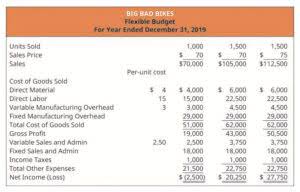RUN Powered by ADP® Payroll Software
The ADP reports are updated frequently to reflect the latest government guidance. You should always run the applicable PPP report as close in time to submitting your PPP loan application as possible. For your reference, click here for application form provided by the SBA. Understanding the full impact of taking out a loan from your retirement account is an important decision in determining an overall planning strategy for your future retirement needs.
If you do not have the registration code, contact your company administrator. What happens if I use less than 60 percent of the PPP loan on payroll costs? The Paycheck Protection Program Flexibility Act provides that at least 60% of the covered loan amount must be used for payroll costs. If less than 60% of the loan amount is used on payroll costs, the amount of the loan that is forgiven may be reduced. In a payroll, you can select the period start & end dates (will prepopulate based on pay frequency). RUN & Done will process payrolls with a preview date that’s on or after today.
Products A–Z
Stock Checks wants to be your one-stop source for ADP blank check paper and related check product. Another ADP Payroll customer, Todd Hinson, the founder of Tod.d, highlighted that he really likes the new ADP TotalSource service that the company offers. Employee Registration On the Login page, click REGISTER NOW.
See how easy small business payroll and HR can be
However, if you’re just looking for a quick and easy payroll solution without all the bells and whistles, there are probably cheaper options on the market. If you want to compare ADP to other payroll software service providers, check out our list of the best payroll services for small business owners. This product offers a variety of core features beyond just payroll, as well as additional add-on features.
Join more than 900,000 small business clients who count on ADP for faster, smarter, easier payroll and HR
You must be a RUN Powered by ADP® client to use the Payroll, Employee, and Reports functions. Click Service Requests at the top of any page in RUN, or at the top of the Overview page in Help & Support. The payroll dates are calculated and the pay calendar is displayed.
The Cash Denominations report includes the cash breakdown for each employee. Use it to determine how much of each adp run login payroll denomination to pay your cash employees. What To Do if You Are Locked Out of Your AccountIf you exceed the number of login attempts and are locked out of your account, please contact your company administrator for assistance. Deliver an exceptional employee experience and rest easy knowing that real-person support from payrolland HR professionals are just a call (or click) away.
Run AHEAD: Grow your business with confidence
And follow the instructions to answer a series of security questions. In 1957, Lautenberg, after successfully serving in sales and marketing, became a full-fledged partner with the two brothers. In 1961, the company changed its name to Automatic Data Processing, Inc. , and began using punched card machines, check printing machines, and mainframe computers. ADP went public in 1961 with 300 clients, 125 employees, and revenues of approximately $400,000 USD. The company established a subsidiary in the United Kingdom in 1965. In 1970, Lautenberg was noted as being the president of the company.
ADP Workforce Now is designed for businesses with 50–1,000 employees. For small businesses that don’t employ a ton of people, Gusto Payroll could be a great alternative. It’s not the most sophisticated option out there but it can get the job done. The next level up is ADP Run Complete, which provides you with all your payroll tools plus additional HR perks.
- ActivationTo use this application, your company must be a client of ADP.
- I have contacted customer service with questions, and they have been helpful and have gone above and beyond to explain things or help me.
- Administrator RegistrationAdministrators (practitioners) can now securely access ADP services from any computer (private or shared) and on any supported browser.
- This plan comes with ADP’s core payroll processing features, including tax calculations, withholdings, and filings.
- Stay connected to your team on the ADP Mobile Solutions app — rated 4.7 stars out of 5.0 with 2.7+ million reviews on the Apple App Store.
Forgot User IDSelect “Forgot Your User ID/Password?” on the login screen and follow the instructions to answer a series of security questions. Then, your user ID will be displayed and you can log in to the application. Lautenberg continued in his roles as Chairman and CEO until elected to the United States Senate from New Jersey in 1982.
- The first time you log into your account, you will be directed to the Company Setup Wizard.
- Wherever you are, so is the mobile app for RUN Powered by ADP®.
- Read the HR trends guide to know what to be on the lookout for — and what you can do about it.
- In most cases, if you leave your employer prior to paying off the loan, your loan will default and cause a taxable event.
- For details about administrator access and security management, refer to the New Administrator Access Quick Reference Card.
In 1949, Henry Taub founded Automatic Payrolls, Inc. as a manual payroll processing business with his brother Joe Taub. It can be a flexible solution for your business, and customers frequently praise it for being user-friendly. + To obtain full forgiveness, loan proceeds must be spent during the Covered Period or Alternative Payroll Covered Period. To obtain full forgiveness, loan proceeds must be spent within 8 to 24 weeks immediately following disbursement of the loan, whichever is earlier. Spend the loan proceeds, or incur qualifying costs, within applicable Covered Period or Alternative Payroll Covered Period. To obtain full forgiveness, loan proceeds must be spent within to the 8- to 24 week period immediately following disbursement of the loan .
These reports can also be filtered by date range or employee and exported to Excel for further customization. For these reasons, it makes a lot of sense to find a good small business payroll serviceprovider to help you manage your payroll. Payroll software is capable of automating a lot of the tasks required for payroll, including calculating payments, withholding taxes, and depositing wages into your employees’ bank accounts. ADP Payroll services also enable employees to access all of the company data via the mobile app, providing a green solution for companies, as well as a cost savings, by reducing paperwork. Department managers can also easily view basic information for employees in their work group, and can then message them via the app. If the pay reduction was made outside the February 15 to April 26 timeframe, the forgivable amount may still be reduced even if the pay reduction is later reversed.
Get better time management tools to automate time entry, simplify compliance and control labor costs. Wherever you are, so is the mobile app for RUN Powered by ADP®. Download our new mobile app to get everything you need at the touch of your fingertips. Includes ADP’s latest HR tools such as live HR support, employee handbook wizard, proactive compliance alerts, HR guidance and forms, and a job description wizard. Click through our self-led demo to see how easy payroll and HR can be. Convenient HR and hiring tools also help you grow and manage your team.

















